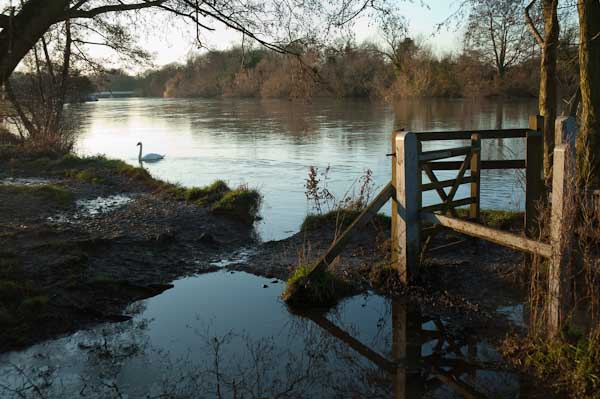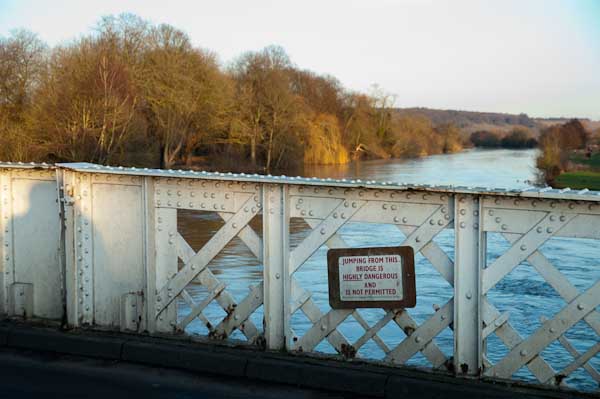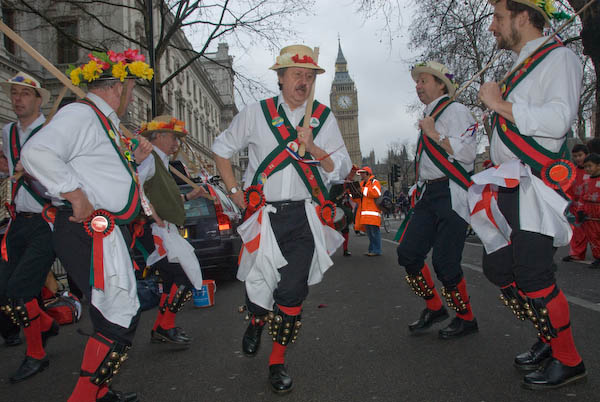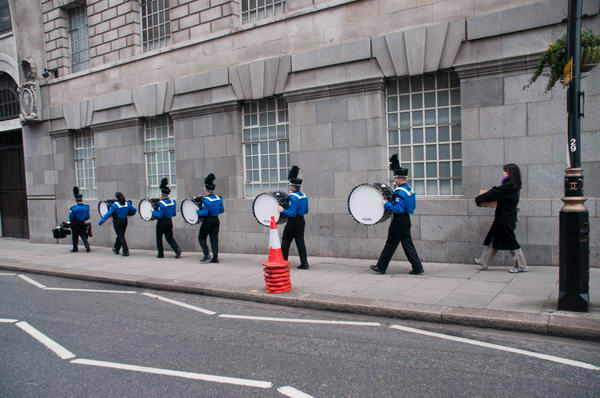For several reasons I’ve been thinking about Raymond Moore recently. Just before the New Year I was up in Derbyshire for a few days, and went through some of the places I visited with him in the 1970s while I was at one of several workshops with him, and this brought back a few memories of Ray and the other photographers I met there.

It’s only too likely that many reading this will be scratching their heads and wondering who Raymond Moore was. If there was an award for great photographers who have disappeared most completely off the critical radar he would certainly be in the running for it. Yet Ray was certainly one of the great British photographers of the twentieth century, up there with guys like Bill Brandt, and his work stands comparison with rather better remembered American photographers such as Aaron Siskind and Harry Callahan.
Moore (1920-87) was the first living photographer to have a truly British show at the Art Council’s flagship Hayward Gallery in London; Brandt had beaten him to it by eleven years, but Brandt’s show was from John Szarkowski at MoMA rather than a home-grown enterprise. Earlier, Ray’s work had been shown by the Welsh Arts Council, the first living photographer to be given a show by by any of the UK Arts Councils.
But there are reasons why Ray’s work has drifted out of our sight. He was a painstaking printer, one of the best (like me largely self-taught from the Ansel Adams ‘Basic Photo‘ books) but made relatively few prints, and sold few during his lifetime, so virtually none appear in the art market, probably now the major driver of photographic visibility.
The largest collection of his work has for years been the subject of legal dispute and thus unavailable for museum shows. And the genre in which he worked was outside the traditional British obsession with social documentation (nothing wrong with that, but it isn’t all of photography) and in an area largely abandoned by academia in the UK in the 1970s in its Gadarene rush to theory.
British institutions have never had any real faith in photography and the kind of enthusiasm and support systems that exist in some other countries have never really developed here. Ray did have a few shows, but they were relatively few and far between, and few buyers, institutional or collectors, were buying work by contemporary British photographers in the 1970s and 80s.
Ray wasn’t well served by publication either, although his pictures appeared in various magazines, including Creative Camera, who also published a major portfolio of his work as the lead portfolio in their 1977 year book. Murmurs at Every Turn came at the time of his Hayward show in 1981. But these publications – and the slim Welsh Arts Council catalogue – were printed in the style of their time, with heavy blacks that lose the shadow detail on which Ray was always so insistent. His final publication, Every So Often, represents his work rather better, but all these are now relatively rare and expensive second-hand. However you can see them even if they are not on your shelves, as Weeping Ash has a tribute to Ray that includes virtually every magazine article and photograph published by Ray – and you can page through his books. The site also includes an essay which was the basis of a talk I gave about Ray in 2005.
By the time I met him around 1976, Ray had simplified and perfected his technical approach. Although in earlier years he had worked with medium format (and occasionally with larger cameras) he now worked with a Nikon camera and a single standard lens (I’m not sure whether it was a 50 or 55mm.) He chose to use a Nikon macro lens not because he wanted to photograph close-up but because he felt it was sharper and had a flatter field of view at normal distances. He mainly worked with Ilford FP4 film, relatively slow and fine-grained and a favourite with many photographers, espeically those doing portraits for its smooth tonality, exposing it around 2/3 stop more than its normal rating and I think preferring to develop to a slightly lower contrast than normal.
He had decided he didn’t need a larger negative to get the print quality he wanted, always printing essentially from the whole negative on an old Leitz enlarger (simple but one of the best ever produced for 35mm), making final prints around 14 inches wide. Ray liked to print with open shadows, and although he was a master of the craft always aimed to make prints that made people look at the images rather than trying to dazzle them with the print quality.
Although he admired the work of Brandt, he was not an admirer of the prints that he made when he moved to a more graphic approach, using higher contrast and often blank shadows.
Also on-line is a 2002 dissertation on Moore by photographer Neil Shirreff which looks at “his positioning in Britains photographic history, the perspective of Moore himself, and the perspective of a viewer engaging with one of his photographs.”
A new book on Moore is long overdue, although unlikely to emerge before the legal problems surrounding his work are resolved. It would also be good to see his work in exhibitions. The V&A does have a number of his pictures which can be viewed on request by visitors to the print room.
Ten years ago I wrote a short piece on my experience of attending the workshops with Ray and Paul Hill at Hill’s ‘Photographers Place‘ in the Derbyshire village of Bradbourne for William Bishop’s ‘Inscape‘ magazine, accompanying a few of my pictures of the people concerned – including some of Ray. I began to put this on-line at the time, but somehow the pages never got finished – until I found them and did the job this afternoon! Now on-line as Darbis Murmury.




